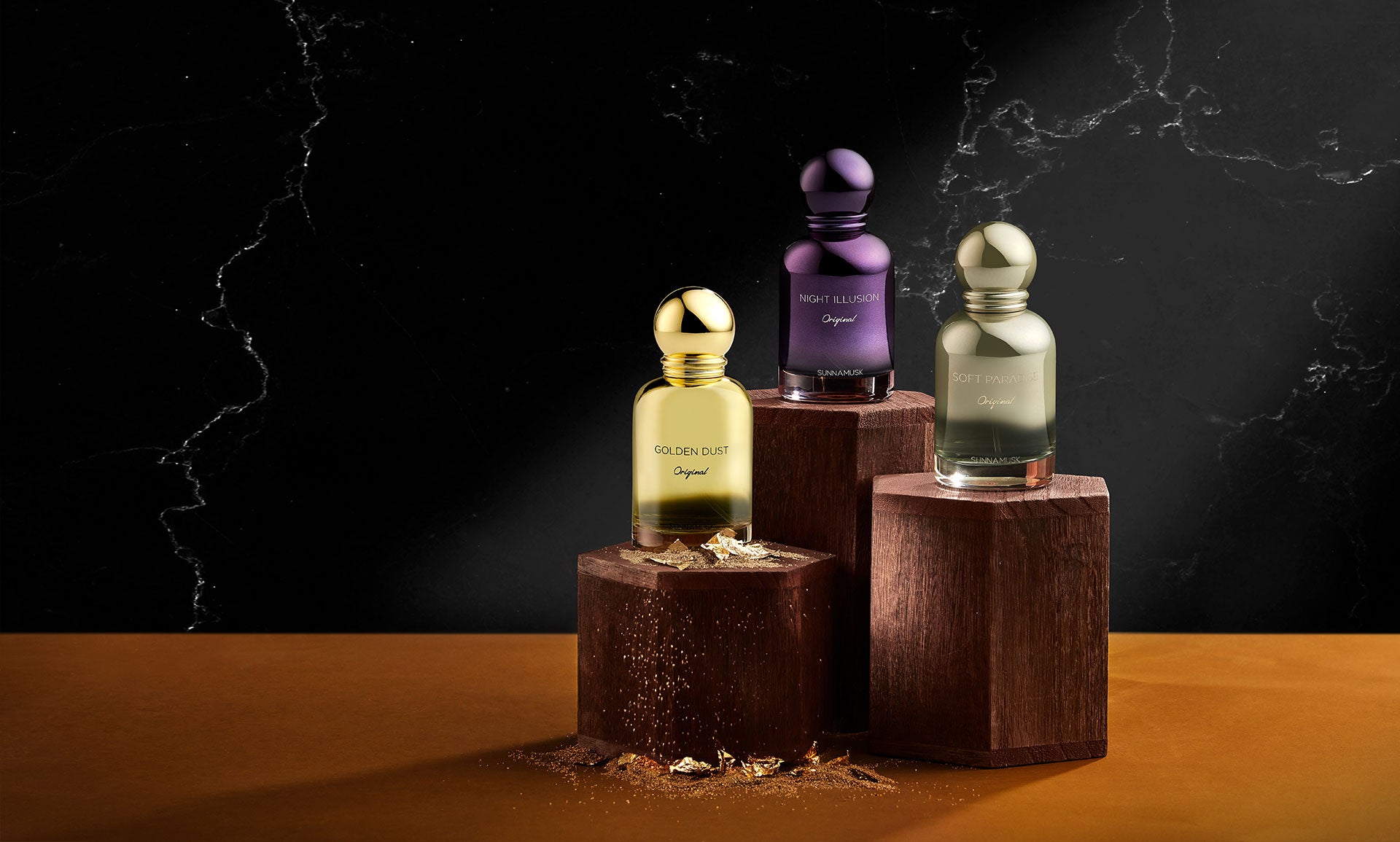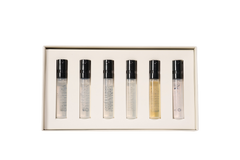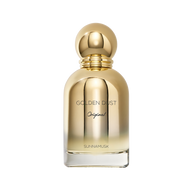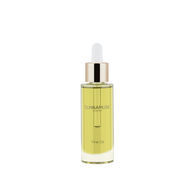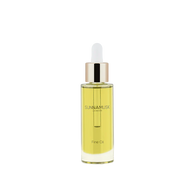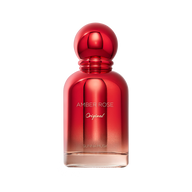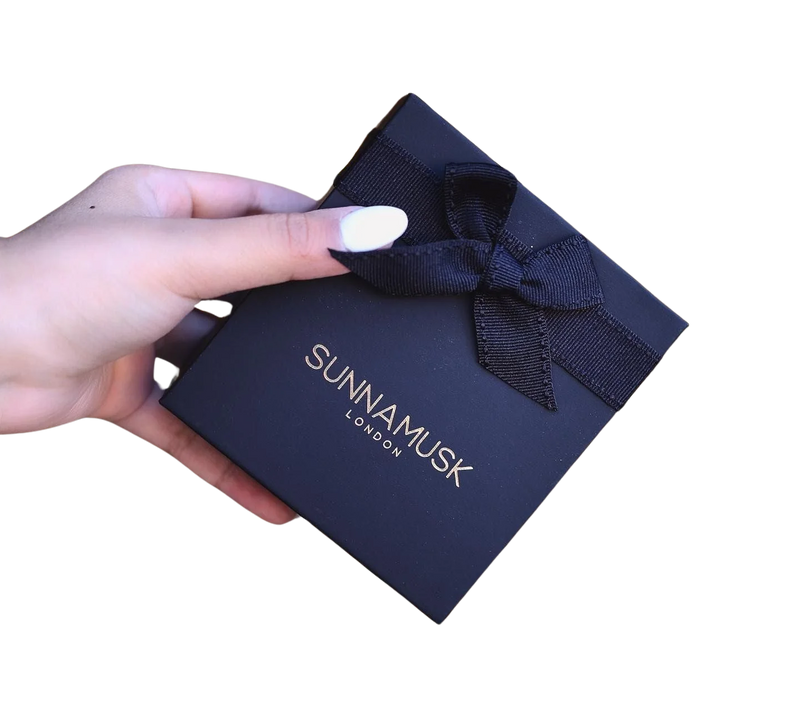Perfumes are one of the oldest luxuries in the world. Humans have been creating scents since the beginning of time, with the first perfume being traced back to the 2nd millennium BC. As we have advanced, so has the manufacturing process. In this blog post, we are going to delve into the interesting world of fragrances and take you on a journey through the process.
Perfume made in ancient times
In the ancient world, perfume manufacturers could not produce synthetic smells, so all scents were natural. Some popular choices were flowers, woods, spices (e.g. cinnamon and myrrh) and oils. These scents were infused into liquids and lotions.
Fragrance makers would use the expression method to extract oils from ingredients. In a nutshell, this is pressing down the ingredients until the oil is extracted.
Not only were fragrances used for beauty and cosmetic reasons, but they were also used for spiritual and religious purposes. Many civilisations believed that the scent made a body or space sacred.
As time went on, it became apparent that perfume was a trade that could make a lot of money. So, the manufacturing process advanced. The Persians designed the distillation process, which allowed alcohol rather than oil to be the base of the perfume.
Whilst the process has become easier and more advanced, the perfume industry still uses many of the same methods from the past.
The perfume manufacturing process
Manufacturing perfume has numerous steps, which range in difficulty. For example, the ingredients must be chosen and collected, oils must be extracted, blended, aged and then the scent must go through quality control.
Ingredients used
Every perfume or cologne has its own formula. The scent will depend on the ingredients and measurements contained. A mix of natural and synthetic ingredients is used to create a scent. Also, most perfumes contain water and alcohol, on average between 10% to 20%.
Natural ingredients can be used to create fragrances. Such as:
- Plants
- Fruits
- Woods
- Petals
- Coal
Unique or popular scents tend to be synthetic chemicals, as they are difficult or impossible to obtain naturally. Some examples include:
- Benzene
- Derivatives
- Synthetic musks
- Parabens
Extraction methods
In order for a fragrance to be created, oils from natural ingredients must be extracted. There are various ways that this can occur, such as:
- Solvent extraction: plants are inserted into rotating drums, and are covered in petroleum ether or benzene. This causes the plant to dissolve, and then a substance (that contains the oils) remains. Then, the remaining substance is placed in ethyl alcohol, where the oil is dissolved and burned off. Resulting in a perfume oil that is highly concentrated.
- Steam distillation: all natural ingredients are placed in a still, where they remain until extraction. The substance that remains is then passed through tubes and cooled down until it liquefies.
- Expression: this is the oldest method of extraction, and arguably the most simple. It involves pressing a plant (manually or with machinery) until the oil is extracted.
- Enfleurage: plants are placed on grease-coated, large glass sheets that are placed between wooden frames. Then, the plats are manually moved around until the grease has absorbed all of the oils to create the fragrance.
- Maceration: this is very similar to enfleurage. Fats are warmed up to soak up the fragrance, which then is dissolved in alcohol so that the oils are obtained.
Blending the ingredients
After the oils have been extracted, they need to then be blended together in order to create the perfume. Prior to blending, a formula is created by experts who are nicknamed as the ‘nose’ in the industry. The formulas are tested and perfected over time to create the perfect mix, and often includes dozens, if not hundreds, of various ingredients.
There is a wide range of ingredients in perfume, some which might be surprising! Such as, animal products e.g. male deers produce musk and braves produce castor, both of which are popular in the industry. These are used to help the scent linger for longer.
Other common ingredients include synthetic chemicals, coal, mosses, alcohol and water. The amount of alcohol in the scent, so the lower the concentration, the higher the price of the perfume. So, perfumes have a low concentration of alcohol, whereas body sprays will have a higher concentration.
The aging process
Perfumes are aged for months or years after the blending process is complete. The longer the perfume has been left, the higher quality it is. As aging allows the scents to neatly blend together to create a scent that is rich and enduring.
Quality control
The final step of the perfume manufacturing process is quality control. This is absolutely essential, and one of the most crucial steps.
The process ensures that the perfume is safe to use, and does not contain toxins or harmful products. This is extremely important as it keeps customers safe.
For example, if natural ingredients have been used, then additional oils could have been extracted.
Many brands opt for synthetic scents, as they do not need as much quality control and tend to be safer for humans to use.
